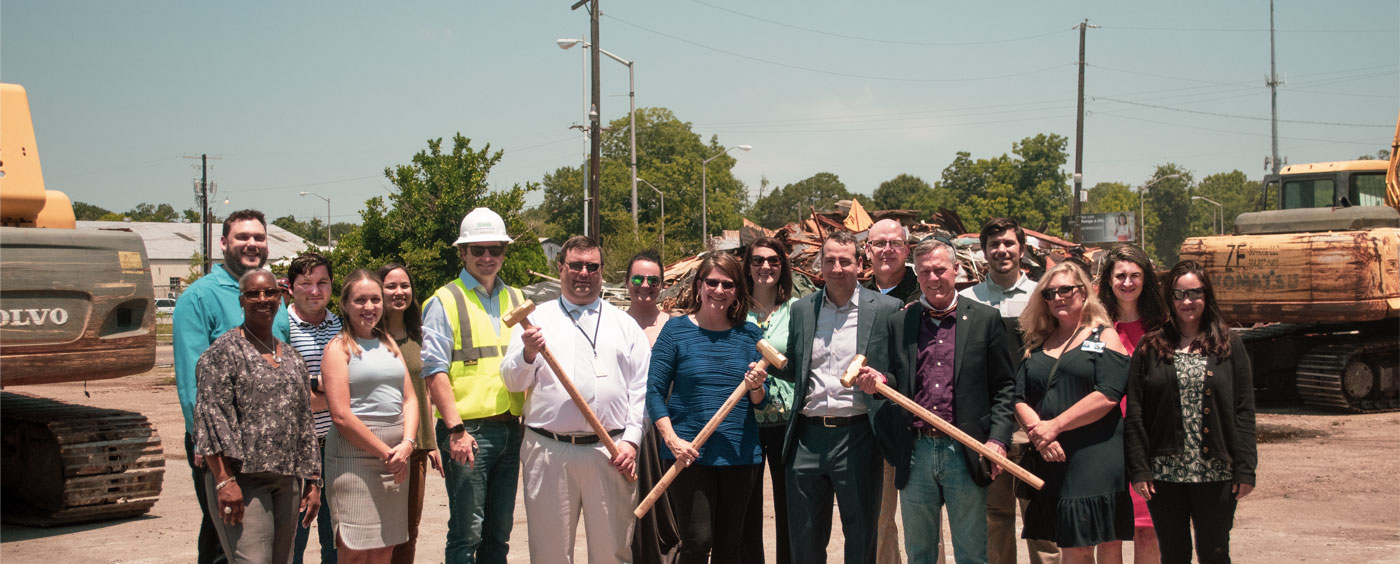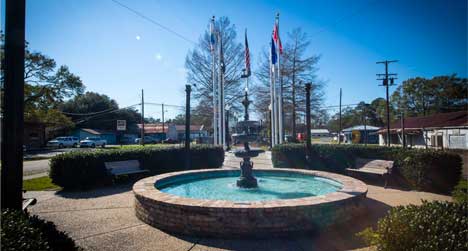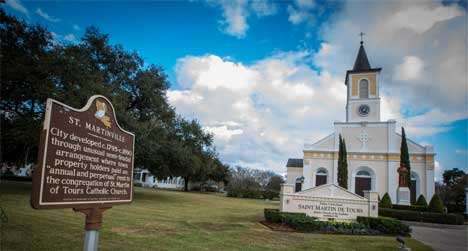Turning Brownfields into Developable Sites
The EPA defines a brownfield as a “property, the expansion, redevelopment, or reuse of which may be complicated by the presence or potential presence of a hazardous substance, pollutant or contaminant.”
Potential Brownfield sites could include hazardous building materials, storage of chemicals, or simply an unknown historic use of the property. Environmental cleanup of brownfield sites can be extremely expensive. APC works closely with our partners to identify funding to help aid in the cleanup because without this investment these brownfield properties become a strain on the communities tax bases and economic growth.
When the 2018 BUILD Act extended and enhanced EPA’s Brownfields Program, it also created Small Technical Assistance Grants to help small communities, Indian tribes, rural areas, and disadvantaged communities lay the groundwork to address brownfield sites. The Louisiana Department of Environmental Equality (LDEQ) partnered with APC to work with the Town of Church Point to identify and map potential brownfield sites, especially in their historic downtown, including vacant gas stations, closed industrial sites, a former rail corridor, and other vacant and underutilized properties. The grant was used to develop a parcel-based, GIS-mapped brownfield inventory, support community engagement efforts, and facilitate the town’s visioning and planning efforts.
Bottle Art Lofts Arts Property
The Louisiana Department of Environmental Equality (LDEQ) presented APC with a Citation for Brownfields Excellence in 2022 for our instrumental participation in the brownfield redevelopment at the Bottle Art Lofts site. The Bottle Art Lofts property is a prime example of forward-thinking community development and improvement.
The corner of University Avenue and Cameron Street was revitalized to create a “Four Corners Gateway” for Lafayette when HRI Properties converted the Coca-Cola bottling building and adjacent warehouse into a 40-unit affordable housing apartment building for artists. The first phase of the development opened in May 2021. It was supported with a combination of state and federal historic tax credits, low-income housing tax credits (LIHTCs), and Community Development Block Grant Disaster Recovery (CDBG-DR) program funds.
The second phase, completed in 2022, relied primarily on LIHTC and CBDG-DR funding. New construction replaced a former motel known for crime with a 65-unit apartment building.
This brownfield development is part of the University Avenue Project, a $40,000,000 roadway improvement project to retrofit the disconnected major arterial into a complete street with increased economic opportunity and mobility options for area residents. Planning strategies, roadway enhancements, and traffic improvements were identified in a $500,000 planning study along the 1.8-mile corridor of University Avenue to bring increased business activity, safer pedestrian and transit access, and neighborhood revitalization to the communities serviced by the avenue. The Bottle Art Lofts were built on the two catalyst sites identified in the plan and have successfully attracted over 50 million dollars worth of investment into the community.





